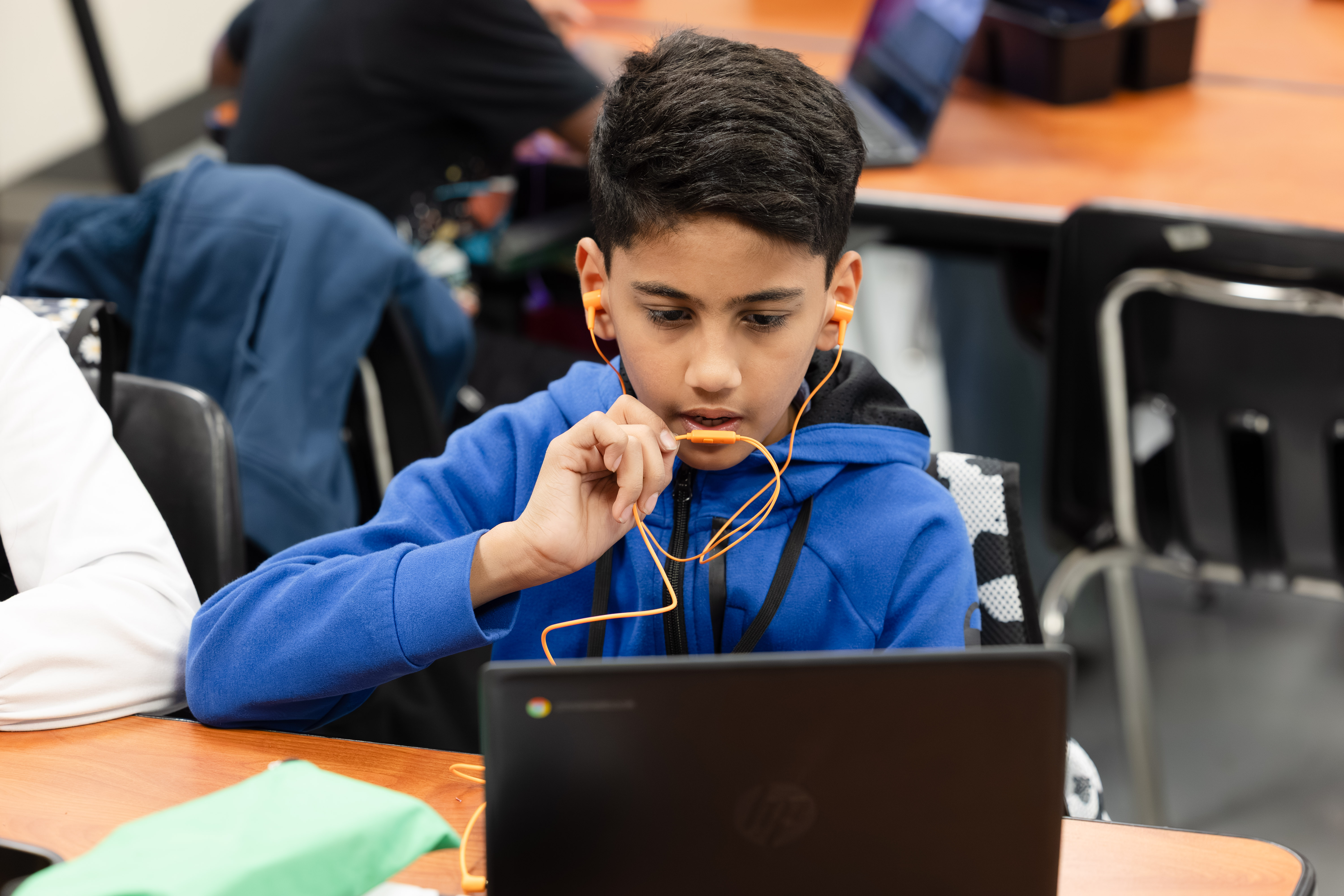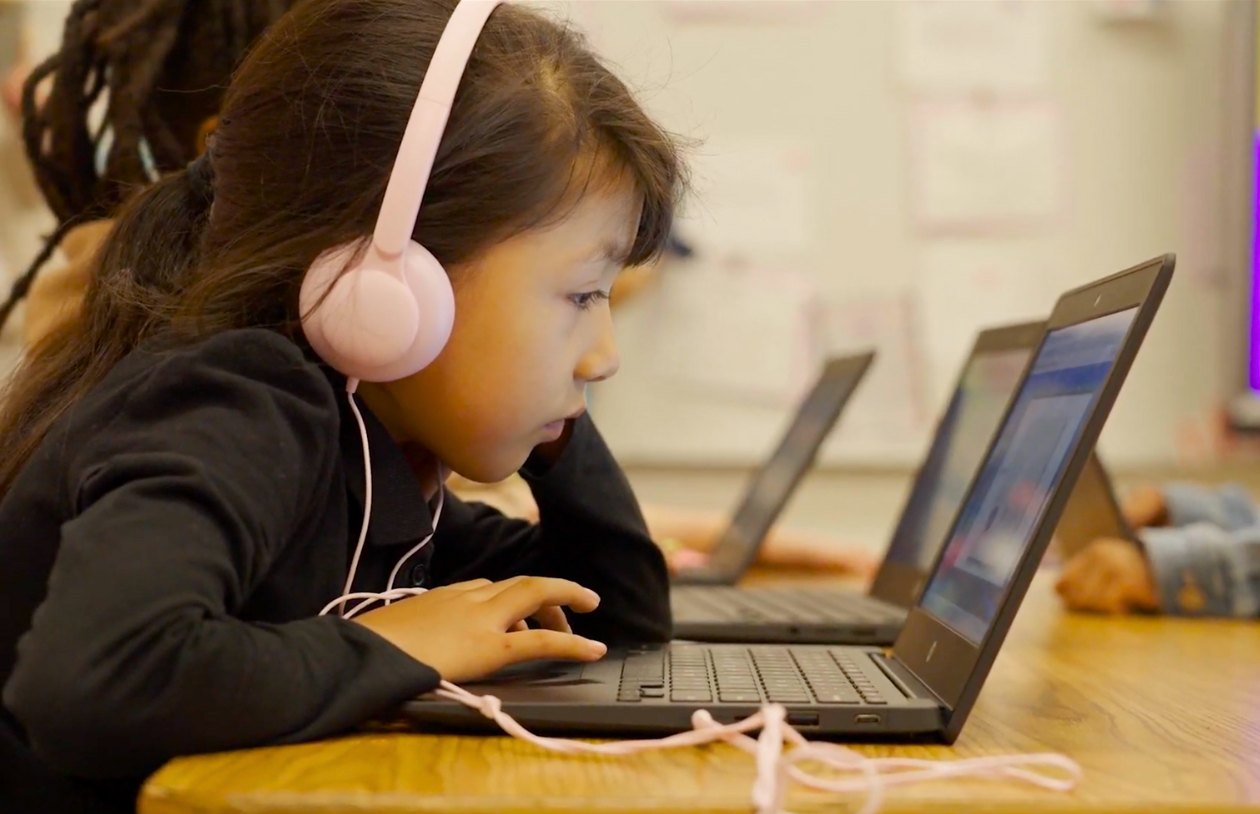Leading the Way: How Top Principals Drive Student Success

Strong Leadership Impacts School Outcomes
School principals matter even more to student achievement than researchers previously realized. That’s the conclusion of “How Principals Affect Students and Schools,” a recent meta-analysis of school leadership research. Updating their 2004 literature review, the Wallace Foundation looked at the most current studies and found that effective school principals were nearly as influential as the top classroom teachers.
So how are principals influencing attendance, test scores, and other markers of success? Here we look at four paths of influence that emerge from the review.
Read below or watch our on-demand webinar that discusses the new research findings.
Four Paths of Effective Principals' Influence
Principals may not interact with students as much as teachers do, but their influence on student achievement still has an impact. Overall, effective leaders maximize schoolwide learning through their work with teachers and allocation of resources.
More specifically, four key behaviors are named in the study’s new findings. Here we summarize them as coaching teachers, fostering psychological safety, facilitating faculty collaboration, and managing resources strategically.
1) Coaching Teachers
Over the past several decades, principals’ roles have been shifting from primarily supervisory to more collaborative and coaching-oriented. Instead of simply evaluating teachers and leaving feedback, principals are increasingly taking on the role of mentor, working with teachers to identify areas for improvement and develop related strategies.
Compared with traditional top-down evaluations, which might spark defensiveness or a sense of defeat, skillful mentoring for professional growth helps teachers feel valued, improves their self-confidence, and encourages further reflective practice. In this indirect manner, a strong principal can ultimately improve student outcomes.
A key to successful coaching relationships is teachers’ sense of psychological safety with the principal. They feel comfortable discussing their weaknesses, and they also feel empowered to share potential solutions.
2) Fostering Psychological Safety
According to the research, effective principals not only excel in communicating with teachers one-on-one, but they also foster a sense of safety in the group. This finding echoes that of Google’s Project Aristotle, a longitudinal study of workgroup success. Project Aristotle found that the best-performing groups helped give members a sense of psychological safety that stemmed from trust as well as confidence that the members could be efficacious together.
Some ways to facilitate this objective include modeling active listening during faculty meetings, demonstrating a genuine appreciation for diverse perspectives, and skillfully moderating group discussions to link different teachers’ inputs.
3) Facilitating Faculty Collaboration
The research finds that students do best in schools where teachers learn not only from principals but also from each other. In particular, principals of effective schools help teachers collaborate within professional learning communities (PLCs), or small groups of faculty members who meet regularly to discuss teaching strategies, share resources, and reflect on their practice. PLCs can help build a culture of collaboration and continuous learning within a school, leading to improved learning outcomes for all students.
4) Managing Resources Strategically
Effective principals also align goals with the required resources. This is more easily said than done, of course, and especially when budgets are strained. But based on data that includes meaningful teacher input, effective school principals allocate resources such as educational technology, professional development opportunities, and private counseling to maximize the school’s potential impact on student achievement.
Ultimately, supporting the skills and well-being of school principals can deeply impact a district’s achievement.
Watch the full webinar “Research Briefing: Why Focusing on Principal Development Is Key to Student Success” that highlights the new research findings.
Read more from the AI & The Reading Brain Blog


.avif)
